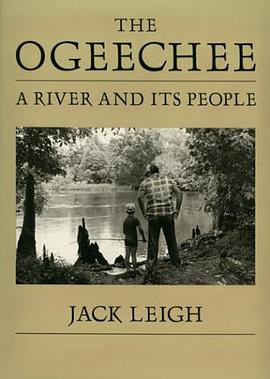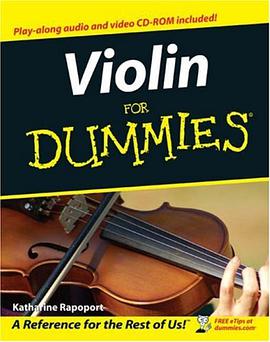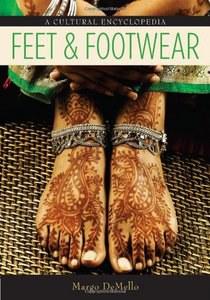

Today, country music enjoys a national fan base that transcends both economic and social boundaries. Sixty years ago, however, it was primarily the music of rural, working-class whites living in the South and was perceived by many Americans as "hillbilly music." In "Smile When You Call Me a Hillbilly," Jeffrey J. Lange examines the 1940s and early 1950s as the most crucial period in country music's transformation from a rural, southern folk art form to a national phenomenon.In his meticulous analysis of changing performance styles and alterations in the lifestyles of listeners, Lange illuminates the acculturation of country music and its audience into the American mainstream. Dividing country music into six subgenres (progressive country, western swing, postwar traditional, honky-tonk, country pop, and country blues), Lange discusses the music's expanding appeal. As he analyzes the recordings and comments of each of the subgenre's most significant artists, including Roy Acuff, Bob Wills, Bill Monroe, Hank Williams, and Red Foley, he traces the many paths the musical form took on its road to respectability.Lange shows how along the way the music and its audience became more sophisticated, how the subgenres blended with one another and with American popular music, and how Nashville emerged as the country music hub. By 1954, the transformation from "hillbilly" music to country music was complete, precipitated by the modernizing forces of World War II and realized by the efforts of promoters, producers, and performers.
具体描述
读后感
评分
评分
评分
评分
用户评价
相关图书
本站所有内容均为互联网搜索引擎提供的公开搜索信息,本站不存储任何数据与内容,任何内容与数据均与本站无关,如有需要请联系相关搜索引擎包括但不限于百度,google,bing,sogou 等
© 2025 book.wenda123.org All Rights Reserved. 图书目录大全 版权所有




















